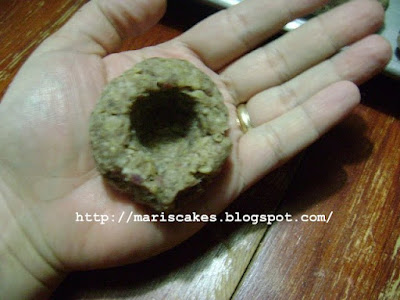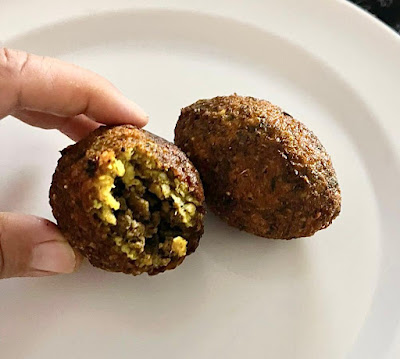En Español
One of the typical Dominican fritters and my favorite above all are the Kipes. The quipes or kipes are usually prepared with ground beef mixed in the bulgur wheat dough and as the filling. Last Saturday night I had cravings for some kipes, but had no ground beef, and since it was late night, I could not go to buy some either. I came up with the idea to prepare them without any meat to see if the dough would form and fry well. The results were as you see it, terrific! The taste is very similar and delicious, but I admit that for us meat lovers, with beef it is better.
These make a perfect finger food especially when served with mayo ketchup dipping sauce. For someone who does not like meat or is on a meatless diet, these would be a great party snack to serve them. At home we liked this new version very much, and like always I wanted to share it with you. Please leave a comment and let me know if you have tried the traditional kipes or if you prepare this meatless version. I did not use a filling, but you can fill the center with cheese, beef, chicken or seafood. I do have a step by step bulgur fritters here: Kipes.




























































Keep in touch